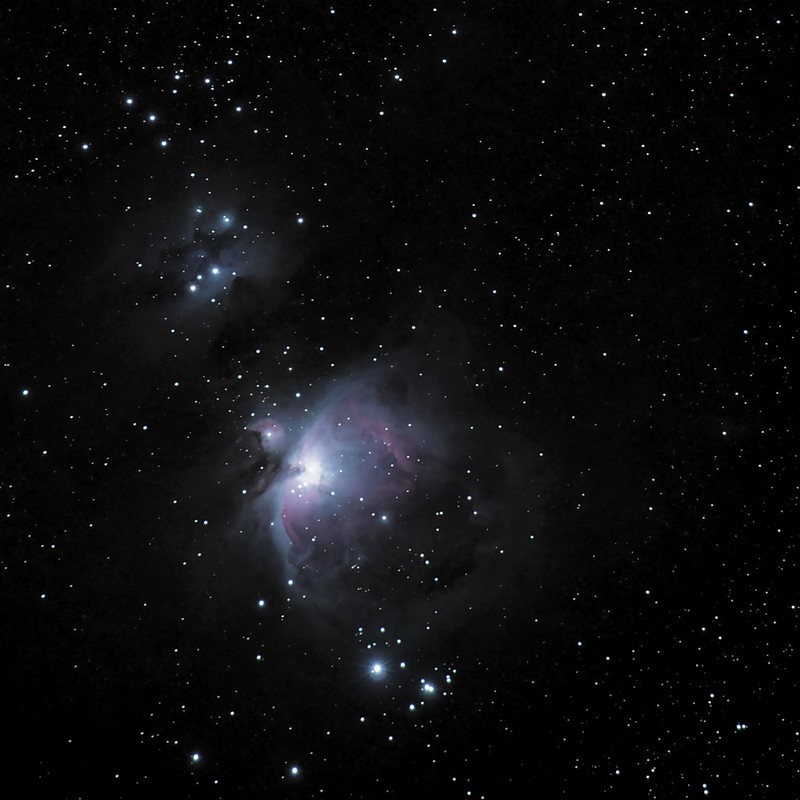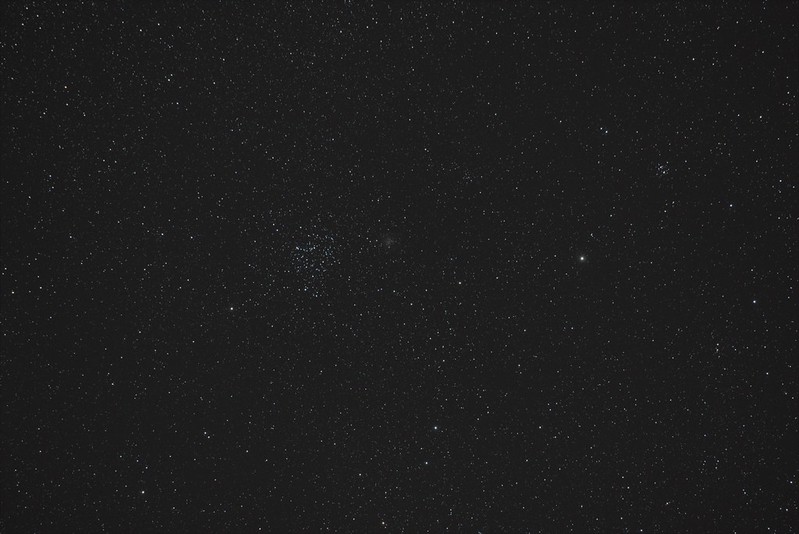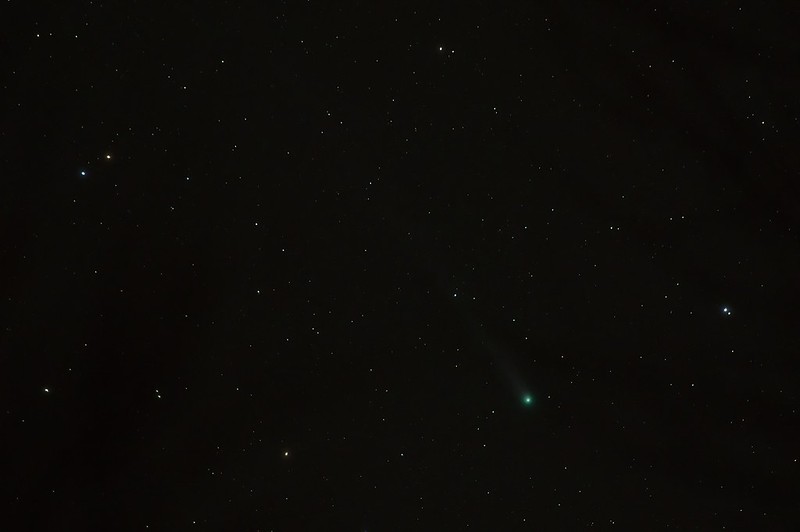There are a couple of astro threads strung out here in the forums. Might as well make a K-3 generic one.
The weather has gone clear and cold now here in central BC so I got the gear together last night and stuck it outside for about an hour to acclimatize to the -13C temperatures. There were still some ice crystals in the air since we had had a couple of days of rain before the cold hit and it was being drawn out by the cold air.
To make it short and sweet, the K-3 didn't even blink an eye for its first 5 hour session at -13C. Worked like a charm. All power is supplied by two jump start batteries with appropriate cabling and voltage regulators as required. However, an astro session is a combination of equipment + observer and I failed big time. Even with my hands clenched around a couple of hand warmers tucked away in my parka sleeve ends and shooting with the IR remote out of the heavy cloth tube, I just could not stop my gloved fingers from freezing. The main effect is that I could not take the time needed to make sure the focus and tracking were spot on. So I ended up botching the shoot for most of the targets, including Comet Lovejoy at 5 am when it was a few degrees colder. Lovejoy is a stunner right now and much brighter than it was supposed to be at this point in its journey. Its tail is getting stronger and longer and my 300mm isn't getting the whole thing now.
The only semi-successful target was Etamin, Gamma Draconis. I got the astro bug in the summer when I was ten years old. The first complete constellation I traced out of the sky was Draco the Dragon and it is still my favourite. Although Etamin used to be the third brightest star in Draco, this orange K-class supergiant is now the brightest since the other two have faded with time.
I will be out there tomorrow morning after Lovejoy. And this time I will be better prepared even if it will be ten degrees colder.
Just a note about the faster processing of the K-3. Having the luxury of allowing in-camera lens corrections means that you need to do less fiddling in post. The RGB channels line up almost perfectly in DeepSkyStacker after registration and stacking.
Jack








 Similar Threads
Similar Threads 











 also I'm thinking of better wide for astro. 'They(web)' say samyang 14 would be good. Any ideas on that? Thanks.
also I'm thinking of better wide for astro. 'They(web)' say samyang 14 would be good. Any ideas on that? Thanks. 



 Post #25 by jbinpg
Post #25 by jbinpg








